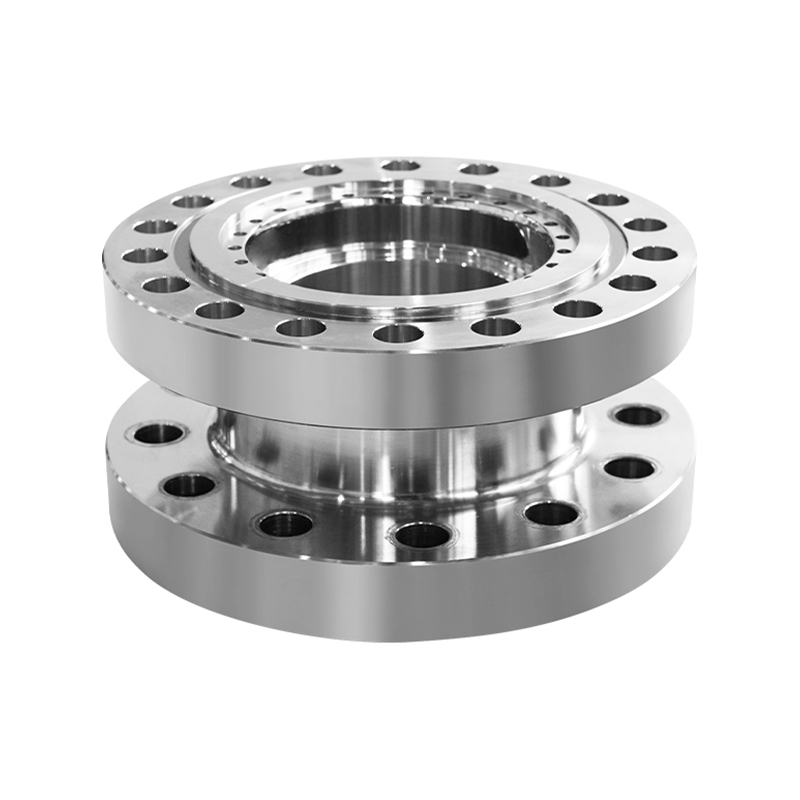The integration of engineered metal seating into valve assemblies has become a key development in improving service life, especially in critical environments. One of the main components benefiting from this innovation is the Hard Seal Ball, a crucial element in systems where durability and resistance to wear are prioritized. By reinforcing these components with precision-engineered metal seats, engineers have found new ways to reduce leakage and withstand bad temperatures and abrasive media.

A seal ball valve equipped with hard sealing elements operates effectively in environments where soft-seated valves typically degrade quickly. This makes them suitable for industries such as petrochemical, power generation, and high-pressure steam systems. The Hard Seal Ball, when paired with these enhanced seats, provides consistent shut-off performance even after repeated cycles, less the need for frequent maintenance.
Unlike traditional configurations that use softer materials for seating surfaces, metal-seated versions allow a seal ball valve to retain its shape and functional integrity under intense mechanical stress. This advantage is crucial in systems handling particulate-laden or corrosive fluids, where erosion can be a major concern. The Hard Seal Ball design accommodates tight sealing requirements while simultaneously maintaining its structural properties, even when exposed to fluctuating pressures.
Beyond performance under harsh conditions, engineered seating also allows for more precise control of flow characteristics. Many seal ball valve configurations now feature matched metal-to-metal contact surfaces, which can be lapped and finished to badly fine tolerances. These tight fits reduce internal leakage, supporting longer service intervals and higher reliability in continuous operations. It is through these advancements that the Hard Seal Ball has evolved into a dependable choice across a variety of demanding applications.
Another key advantage lies in the material combinations used during the production of hard seats. Carbide coatings, stellite alloys, and hardened stainless steel are commonly applied to extend the operating life of both the seat and the Hard Seal Ball itself. These treatments not only increase resistance to wear but also ensure compatibility with a wide range of chemical substances. As such, the seal ball valve is no longer limited to basic fluid handling systems—it can now be found in more complex processing units where accuracy and reliability are vital.
One noticeable trend is the increasing attention being paid to the repairability and refurbishment of hard-seated valves. Rather than replacing entire units, technicians can re-machine or re-coat a Hard Seal Ball and its seat for continued use. This supports a more sustainable approach to industrial maintenance while keeping operational costs within target limits. It also reinforces the value that engineered metal seats add to seal ball valve assemblies over time.
As fluid control technologies continue to adapt to tougher operating conditions, the development of engineered metal seating stands out as a practical response. The enhanced strength, precision, and longevity brought to the Hard Seal Ball and seal ball valve through such engineering efforts have paved the way for more efficient and dependable valve solutions. Whether applied in isolation systems, pressure control modules, or complex pipelines, these components are now built to last—and that marks a significant shift in how industrial flow systems are designed and maintained.